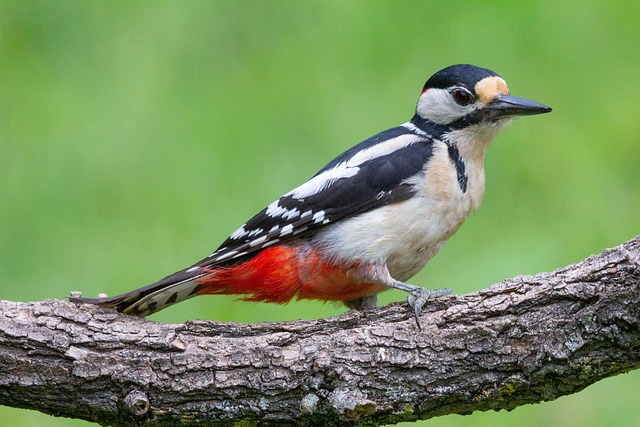In the U.S., bird control is a highly regulated field, with federal, state, and local laws overseen by agencies like FWS and NPS. Bird Removal Service USA specialists navigate these regulations, offering humane solutions compliant with ASPCA guidelines. Licensing and permits are required, varying by state, to protect endangered species and maintain ecological balance. Ethical practices involve non-lethal deterrents, regular inspections, proper disposal of remains, and adherence to laws like the MBTA, ensuring safe coexistence between humans and birds.
In the United States, bird control regulations play a crucial role in managing wildlife interactions, especially with birds. This article explores the intricate legal landscape surrounding Bird Removal Services, offering vital insights for both professionals and homeowners. We’ll guide you through understanding federal and state rules, navigating permits and licenses, and adopting best practices for ethical and compliant bird management. Discover how to effectively address bird-related issues while adhering to these essential regulations in the USA.
- Understanding Bird Control Regulations in the USA
- Legal Considerations for Bird Removal Services
- Permits and Licenses: What You Need to Know
- Best Practices for Ethical and Compliant Bird Management
Understanding Bird Control Regulations in the USA
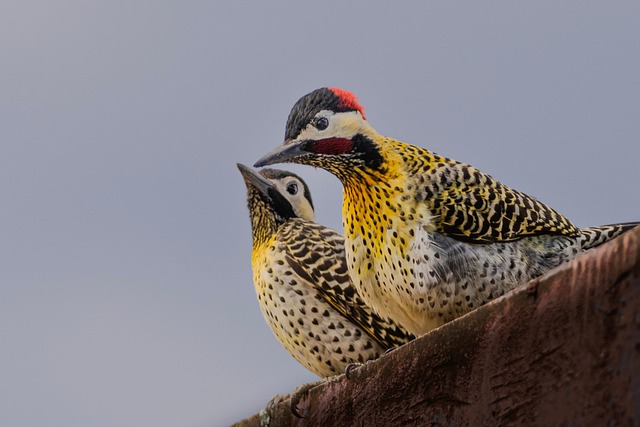
In the United States, bird control regulations are governed by a complex interplay of federal, state, and local laws, making it crucial for property owners and managers to understand their rights and responsibilities when dealing with avian disturbances. The primary regulatory bodies involved include the US Fish and Wildlife Service (FWS) and the National Park Service (NPS), which oversee the protection of migratory birds and national parks, respectively. Additionally, state wildlife agencies play a significant role in managing bird populations, offering permits for controlled removal when necessary.
For those seeking professional assistance, reputable Bird Removal Services USA are well-versed in these regulations, ensuring compliance while implementing effective solutions. These services often specialize in humane methods, adhering to guidelines set by the American Society for the Prevention of Cruelty to Animals (ASPCA) and other wildlife conservation organizations. Understanding both the legal framework and available resources is essential for addressing bird control issues while maintaining ecological balance and avoiding potential legal repercussions.
Legal Considerations for Bird Removal Services
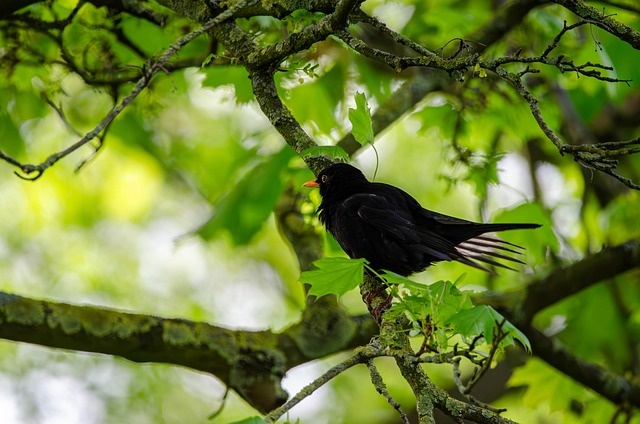
In the United States, bird removal services operate within a specific legal framework that varies across states and jurisdictions. When it comes to handling birds, especially protected or endangered species, service providers must adhere to stringent regulations. These laws are designed to maintain ecological balance and protect wildlife, ensuring humane treatment and safe disposal of captured birds. For instance, the Migratory Bird Treaty Act (MBTA) prohibits the pursuit, capture, and taking of migratory birds, unless specifically permitted by a federal permit.
Bird removal companies must obtain relevant licenses and permits to legally remove or manage avian populations, especially in urban areas where birds can pose health risks or damage property. Each state has its own set of guidelines and agencies responsible for wildlife management, which service providers should thoroughly understand to avoid legal complications. Proper documentation and compliance with these regulations are essential for bird removal services to operate ethically and effectively while respecting the ecological diversity of the USA.
Permits and Licenses: What You Need to Know
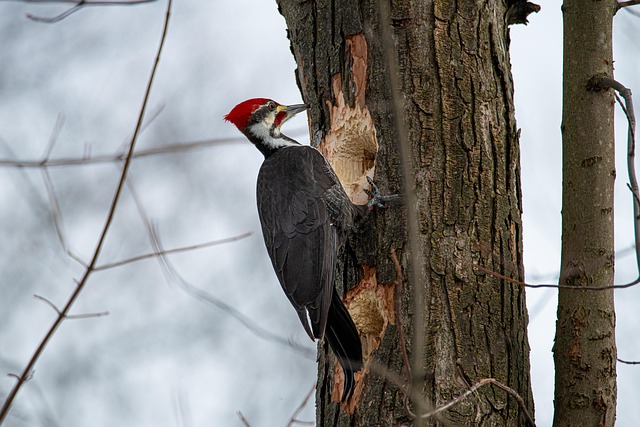
In the United States, bird control measures often require permits and licenses, especially for businesses offering bird removal services. These regulations vary by state and locality, with some areas having stringent guidelines to protect wildlife. Bird removal companies must adhere to specific rules when dealing with birds, such as pigeons, sparrows, or storks, which are common urban pests. Obtaining the necessary permissions is crucial to ensure compliance and avoid legal repercussions.
Permits typically involve an application process that includes detailing the scope of work, proposed methods for bird control, and safety measures. Local wildlife authorities or environmental protection agencies review these applications to safeguard both human health and the well-being of protected bird species. Licensing ensures that bird removal services operate responsibly, employing humane and eco-friendly techniques while addressing the needs of property owners.
Best Practices for Ethical and Compliant Bird Management
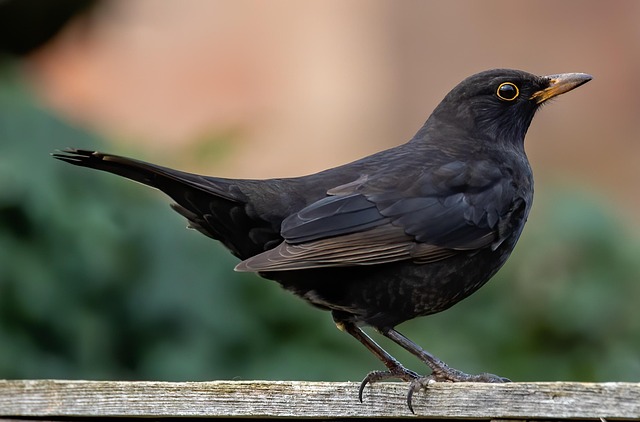
In the realm of bird control in the USA, ethical and compliant practices are paramount. Property owners or managers employing a bird removal service USA should prioritize humane methods that minimize harm to birds while addressing their concerns. This approach involves understanding bird behavior, as well as utilizing non-lethal deterrents such as visual and audio repellents, physical barriers, and habitat modification. Regular inspection and maintenance are key to preventing bird colonies from establishing, ensuring a safe and healthy environment for both humans and wildlife.
Compliance with local, state, and federal regulations is crucial when dealing with bird control. Each region has its own set of rules regarding the handling and management of birds, particularly protected species. A reputable bird removal service USA should be well-versed in these laws, ensuring that all activities are in line with environmental protection standards. This includes proper disposal of bird carcasses, handling of eggs and nests, and obtaining necessary permits for certain actions, thereby fostering a harmonious coexistence between humans and avian life.
In conclusion, navigating bird control in the USA requires a deep understanding of both regulations and legal considerations. As a Bird Removal Service USA, adhering to these guidelines is paramount for ethical and compliant practices. By obtaining necessary permits, following best management techniques, and staying informed about local laws, businesses can provide effective solutions while respecting wildlife protections. This comprehensive approach ensures a harmonious balance between human needs and avian conservation in the diverse landscapes across the nation.
